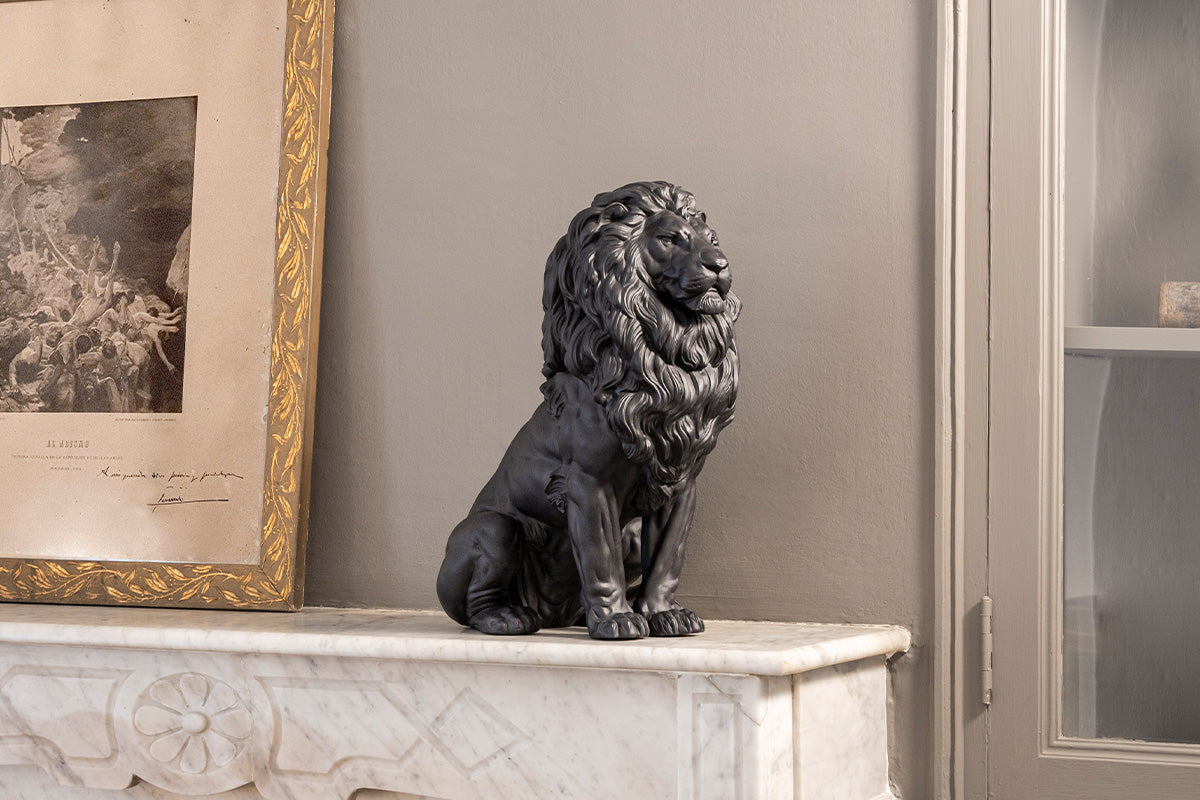Aztec Dance: An Important Mexican Culture Reimagined by Lladró
Tagged with:Culture & Civilisation
Share
As you stroll past the Cathedral Metropolitana in Mexico City, you’ll most likely hear a percussion-led rhythm. When you do spot them, you’ll see elaborately dressed dancers with elaborate headdresses with long feathers dancing passionately to the music.

These dancers are commonly known as Aztec Dancers.
THE AZTEC CIVILISATION
Aztec Dancers always adorn elaborate costumes featuring colourful feathers. Scroll down to read why these feathered are revered in Aztec culture.
The Aztecs are an ancient civilisation in Mesoamerica (now known as Central America) between 1300 to 1521. These include various ethnic groups, organised into city-states, which combine to be an empire.
As you would imagine at that time, their calendar and seasons were based on the agricultural seasons, from the planting of their crops to the harvest of their corn. Every month the Aztecs have at least one major ceremony to honour the god or gods, to bless them with everything they need to lead a fulfilling life: fertility, weather, hunting luck, spiritual enlightenment etc. During these festivals, people fasted and feasted, with elaborate ceremonies involving elaborate displays of surrender, through their costume, dance, music and food.
The Aztecs were a dominant force in Mesoamerica, developing power in the region by building alliances, and by conquering neighbouring regions. In their conquests, people pay tribute by gifting cotton, gold or food to them. They ran the most powerful state in Mesoamerica.
WHY IS THE AZTEC DANCE IMPORTANT TO AZTECS?
Though it is easier to enjoy the Aztec Dance in touristy areas within Mexico City, the Danzas Astecas is an important ritual to Mexico and its culture. It every festival, the Aztec danced as a way to honour and worship their gods. They were well known for their sacrificial nature, believing that an exchange is needed to request what they want from the gods. That exchange can be physical or something intangible.
The Aztec Dance is meditation in motion. It brings the dancers into a meditative state, with the repetitive rhythm and movement, channeling energy to the gods. This dance represents the connection between man and god, of body and soul. It is a form of prayer and communication. The serpent-like movements represent fertility, turning in the air symbolises the spirit, squatting on the ground represents their crops and land. All these steps are simple, an easy tempo that repeats continuously many times over. The simplicity of these dances made it easier for the dancers to automatically go through the motions, to slowly find that connection whilst performing the ritual.
THE IMPORTANCE OF FEATHERS IN THE AZTEC CULTURE
Lladró Aztec Dance is a celebration of the tradition. The magnificent piece is 81cm tall, a standout piece that will command any space.
Each civilisation place different values on varying materials. Whilst some consider precious metals like gold and silver to be of value, others find it in other items. For the Aztecs, feathers are considered nature’s most prized gifts. Birds are very important animals in their culture, and as such, feathers as an extension of that, is considered to be precious. They are revered just simply because birds can do what humans can’t - fly, and they believe that the ability to fly brings them closer to the Sun God, Tonatiuh.
As you can see in any costume adorned by an Aztec Dancer, feathers are always in the forefront in their costume design. They use brightly coloured and/or long feathers in headdresses, and keep their most valuable or beautiful feathers for their leaders or those who will be depicted as their god/s. The finest feathers are the turquoise-green and blue feathers of Quetzal and Cotinga birds.
Even today, Aztec featherwork art is especially prized. The artisan and craftsmen who are skilled in this area is called the amanteca. They follow intricate rules and ancient methods, such as using a self-made adhesive from orchid bulbs. Feathers can be either sourced locally, even from domesticated turkeys and ducks, but the finest feathers were treated in a precious manner, only used on top layers and in prominent positions on each costume or headdress. Due to the difficulty in preserving feathers over time, there are less than ten original Aztec featherwork that exist today and all are protected as an artefact of the Mesoamerican empire.
LLADRÓ AZTEC DANCE
Aztec Dance is has now evolved into an expression of artistic and cultural spirit of Mexico. It is a beautiful tradition, one that was a ritual and now has evolved into a tradition. Aztec Dancers now become a symbol of Mexico’s past and the community’s constant effort to create their own identity and customs.
Lladró’s Aztec Dance is only available via preorder globally. Contact us regarding delivery of this piece.





